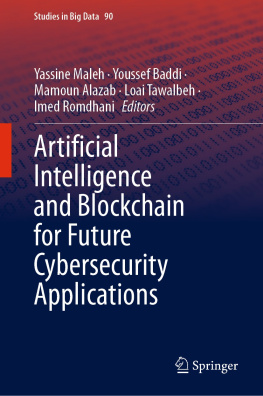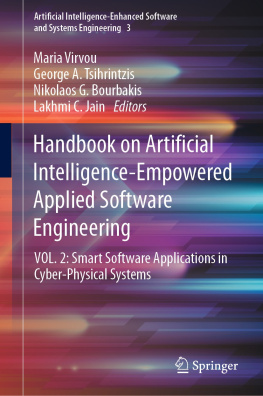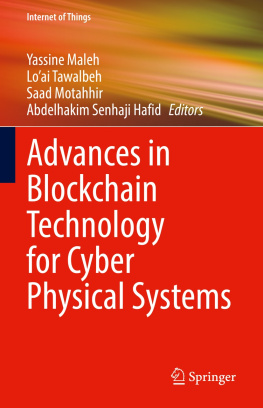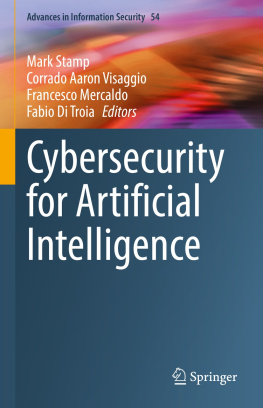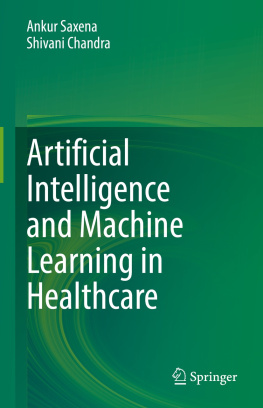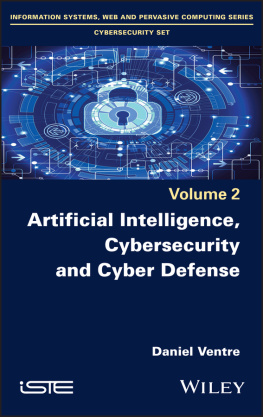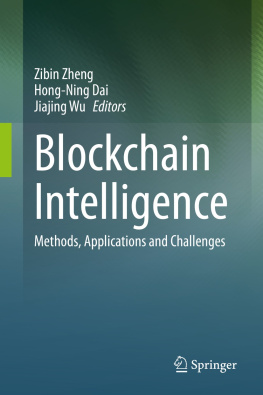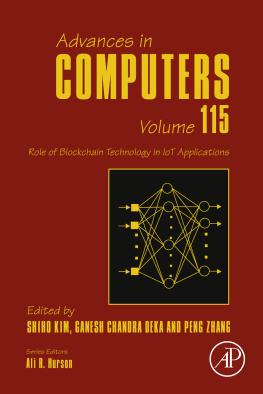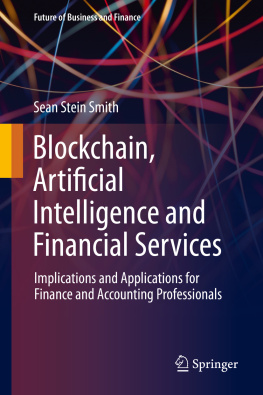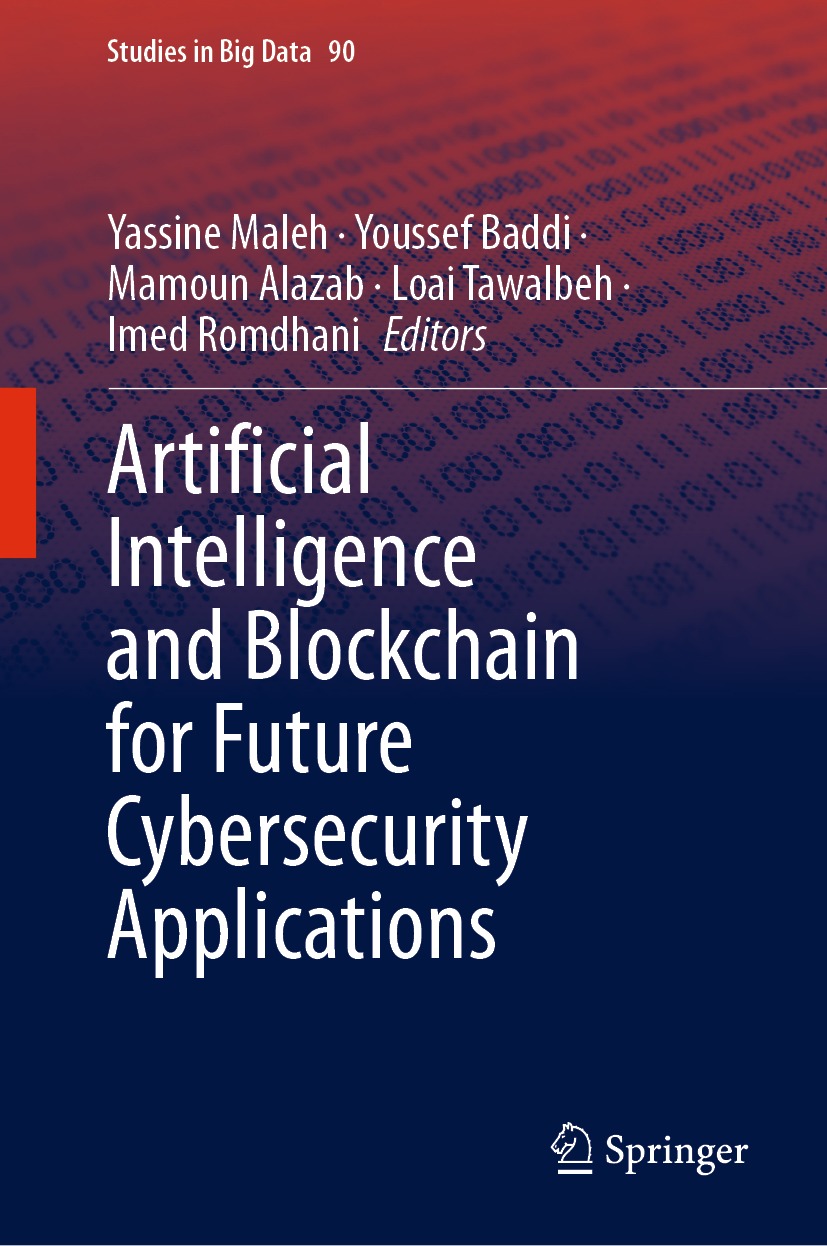Volume 90
Studies in Big Data
Series Editor
Janusz Kacprzyk
Polish Academy of Sciences, Warsaw, Poland
The series Studies in Big Data (SBD) publishes new developments and advances in the various areas of Big Data- quickly and with a high quality. The intent is to cover the theory, research, development, and applications of Big Data, as embedded in the fields of engineering, computer science, physics, economics and life sciences. The books of the series refer to the analysis and understanding of large, complex, and/or distributed data sets generated from recent digital sources coming from sensors or other physical instruments as well as simulations, crowd sourcing, social networks or other internet transactions, such as emails or video click streams and other. The series contains monographs, lecture notes and edited volumes in Big Data spanning the areas of computational intelligence including neural networks, evolutionary computation, soft computing, fuzzy systems, as well as artificial intelligence, data mining, modern statistics and Operations research, as well as self-organizing systems. Of particular value to both the contributors and the readership are the short publication timeframe and the world-wide distribution, which enable both wide and rapid dissemination of research output.
The books of this series are reviewed in a single blind peer review process.
Indexed by zbMATH.
All books published in the series are submitted for consideration in Web of Science.
More information about this series at http://www.springer.com/series/11970
Editors
Yassine Maleh , Youssef Baddi , Mamoun Alazab , Loai Tawalbeh and Imed Romdhani
Artificial Intelligence and Blockchain for Future Cybersecurity Applications
1st ed. 2021

Logo of the publisher
Editors
Yassine Maleh
Sultan Moulay Slimane University, Beni Mellal, Morocco
Youssef Baddi
Chouaib Doukkali University, El Jadida, Morocco
Mamoun Alazab
Charles Darwin University, Canberra, Australia
Loai Tawalbeh
Texas A&M University, San Antonio, USA
Imed Romdhani
Edinburgh Napier University, Edinburgh, UK
ISSN 2197-6503 e-ISSN 2197-6511
Studies in Big Data
ISBN 978-3-030-74574-5 e-ISBN 978-3-030-74575-2
https://doi.org/10.1007/978-3-030-74575-2
The Editor(s) (if applicable) and The Author(s), under exclusive license to Springer Nature Switzerland AG 2021
This work is subject to copyright. All rights are solely and exclusively licensed by the Publisher, whether the whole or part of the material is concerned, specifically the rights of translation, reprinting, reuse of illustrations, recitation, broadcasting, reproduction on microfilms or in any other physical way, and transmission or information storage and retrieval, electronic adaptation, computer software, or by similar or dissimilar methodology now known or hereafter developed.
The use of general descriptive names, registered names, trademarks, service marks, etc. in this publication does not imply, even in the absence of a specific statement, that such names are exempt from the relevant protective laws and regulations and therefore free for general use.
The publisher, the authors and the editors are safe to assume that the advice and information in this book are believed to be true and accurate at the date of publication. Neither the publisher nor the authors or the editors give a warranty, expressed or implied, with respect to the material contained herein or for any errors or omissions that may have been made. The publisher remains neutral with regard to jurisdictional claims in published maps and institutional affiliations.
This Springer imprint is published by the registered company Springer Nature Switzerland AG
The registered company address is: Gewerbestrasse 11, 6330 Cham, Switzerland
In loving memory of my Mother Fatima
Yassine Maleh
Preface
Cyber threats increase as firms, governments and consumers rely on digital systems for their day-to-day activities. The more they adopt the technologies, the higher the risks they face. Additionally, new solutions to facilitate everyday businesses, such as artificial intelligence for operational systems and enormous IT databases, create complexity. However, these new technologies can also be their most reliable allies! They can provide new protection levels that make a strong shield of protection against hackers if properly designed and integrated. There is growth in IoT use, which increases the risk for organizations and the need for data protection policies. Organizations are not taking enough steps to secure themselves from cyber-attacks; ultimately, there will be an increase in attack size and volume.
AI and blockchain technologies have infiltrated all areas of our lives, from manufacturing to health care and beyond. Cybersecurity is an industry that has been significantly affected by this technology and maybe more so in the future.
Artificial intelligence and blockchain have shown potential in providing various methods for threat detection. Merging artificial intelligence and blockchain will change cybersecurity as we know it and make next-generation solutions more effective.
An open cybersecurity ecosystem, powered by a blockchain, will unlock the enormous opportunity to protect against next-generation threats, eliminate the strain and cost of third-party intermediaries, and ensure a more secure world.
The combination of cyber threat data integrated with artificial intelligence and blockchain is arguably the future of AI-powered cybersecurity.
This book will go in depth, showing how blockchain and artificial intelligence can be used for cybersecurity applications. Merging AI and blockchain can be used to prevent any data breach, identity theft, cyber-attacks or criminal acts in transactions. We accepted 18 submissions. The chapters covered the following three parts:
Artificial Intelligence and Blockchain for future Cybersecurity Applications: Architectures and Challenges;
Artificial Intelligence and Blockchain for Cybersecurity: Applications and Case Studies;
Artificial Intelligence and Blockchain Applications for Smart Cyber Ecosystems.
Each chapter is reviewed at least by two members of the editorial board. Evaluation criteria include correctness, originality, technical strength, significance, quality of presentation, and interest and relevance to the book scope. This books chapters provide a collection of high-quality research works that address broad challenges in both theoretical and application aspects of artificial intelligence and blockchain for future cybersecurity applications.
We want to take this opportunity and express our thanks to the contributors to this volume and the reviewers for their great efforts by reviewing and providing interesting feedback to the authors of the chapters. The editors would like to thank Dr. Thomas Ditsinger (Springer, Editorial Director, Interdisciplinary Applied Sciences), Professor Janusz Kacprzyk (Series Editor in Chief) and Ms. Rini Christy Xavier Rajasekaran (Springer Project Coordinator), for the editorial assistance and support to produce this important scientific work. Without this collective effort, this book would not have been possible to be completed.

